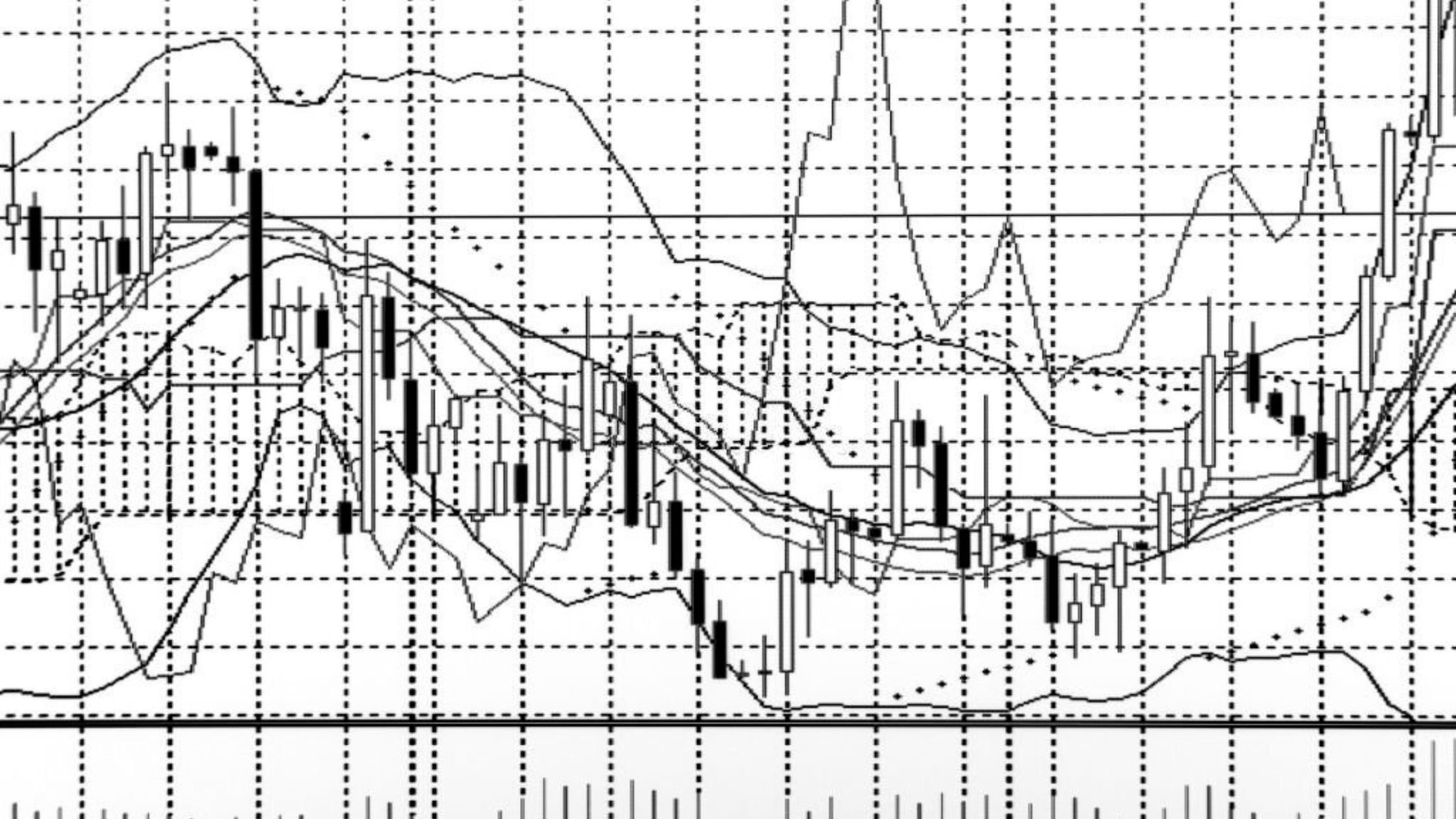

When it comes to project management, understanding the differences between project scope and product scope is crucial. Both scopes play significant roles in the successful delivery of a project. In this article, we will explore the distinctions between project scope and product scope, their importance, and how they impact project management.
What are Project and Product?
“Project” is described as “a transitory undertaking with a beginning and an end that delivers a unique product, service, or outcome” in the Project Management Professional certification exam, according to the PMI’s PMBOK, this is the project definition.
A project may be the building of the Golden Gate Bridge, which began in 1933 and was completed in 1937. It goes without saying that the bridge has only been built once, making it a one of a kind rather than an often duplicated commodity. The process of building the bridge was the project.
As for “product,” a product life cycle starts with the formation of a new product and concludes with its discontinuation. Multiple projects may be needed to be delivered within the product life cycle. For example, the iPhone is a product. Is Apple still manufacturing older iPhone models? No. However, several initiatives must have been completed to improve this product from its inception to the end of its life cycle.
We’ve already defined these two notions; now let’s establish project and product scope.
What is Project Scope?
Project scope refers to the specific work that needs to be accomplished to deliver the project’s objectives. It defines the boundaries, deliverables, and constraints of the project. Project scope focuses on the project’s unique goals, requirements, and outcomes.
What is Product Scope?
Product scope, on the other hand, relates to the features, functionalities, and characteristics of the final product or deliverable that the project aims to create. It encompasses the tangible or intangible outputs that result from the project. Product scope focuses on the end result of the project.
Key Differences between Project Scope and Product Scope
1. Perspective: Project scope is from the project management perspective, defining what needs to be done to achieve project objectives. Product scope is from the customer or end-user perspective, outlining the features and qualities of the final product.
2. Focus: Project scope focuses on the project’s objectives, deliverables, constraints, and requirements. Product scope focuses on the features, functionalities, and characteristics of the final product.
3. Duration: Project scope is temporary and changes as the project progresses. Product scope is relatively stable and doesn’t change significantly once defined.
4. Stakeholders: Project scope is primarily defined and managed by the project team and stakeholders involved in project management. Product scope is influenced by various stakeholders, including customers, end-users, and product owners.
Importance of Defining and Managing Both Scopes
Defining and managing both project scope and product scope is essential for project success. Clear project scope ensures that all necessary work is identified and completed, minimizing the risk of scope creep. Well-defined product scope ensures that the final product meets customer expectations and satisfies the identified requirements.
Effective Project Scope and Product Scope Management
To manage project scope effectively, establish a robust scope management plan, clearly define project objectives and deliverables, engage stakeholders, monitor scope changes, and maintain open communication.
For product scope management, involve customers and end-users in requirements gathering, conduct product reviews and inspections, ensure alignment with customer expectations, and prioritize features based on their importance and value.
Examples of Product Scope and Project Scope
Let’s look at a railway station building project as an example of product and project scope. The plan is to construct a new metro station.
Product Scope includes the construction of a new metro station with four tracks, a capacity of 4,000 passengers per day, two waiting lounges, and other amenities. So, after the building project is done, the railway station will include all of these qualities.
Now, the Project Scope comprises the work required to construct a new metro station. The project scope includes, for example, material procurement, construction worker recruitment, project budget control, timetable planning, the paperwork and admin that goes along with acquiring all the appropriate permits along with many other project management operations.
For scope management, product scope and project scope are important concepts to understand. To perform an effective scope management process, a project manager must understand their definitions.
With the aid of example online PMP exam questions, you may check your own understanding of the product and project scope, but for a full understanding of scope and other project management processes and procedures, we recommend an online PMP or CAPM course that will go into detail on every aspect of project management, including product and project scope.
Sign-up for a 7-day free trial! Try the first two modules of Brain Sensei’s story-based PMP and CAPM Exam Prep courses and a mini practice exam and see how it all works
Conclusion
Understanding the differences between project scope and product scope is vital for project managers and stakeholders. Both scopes contribute to project success, and effective management of both is crucial. By defining and managing project scope and product scope appropriately, project teams can ensure the delivery of valuable products that meet customer expectations.
Have you led projects and are looking to earn a project management certification? You might be interested in learning about how lucrative this can be. Check out these articles.
13 PMP Benefits Once You Get The PMP Certification
No experience leading projects but still want to get into project management? No problem! Check out these articles.
CAPM Certification Eligibility
What is a Certified Project Manager; How do I get PM Certifications


